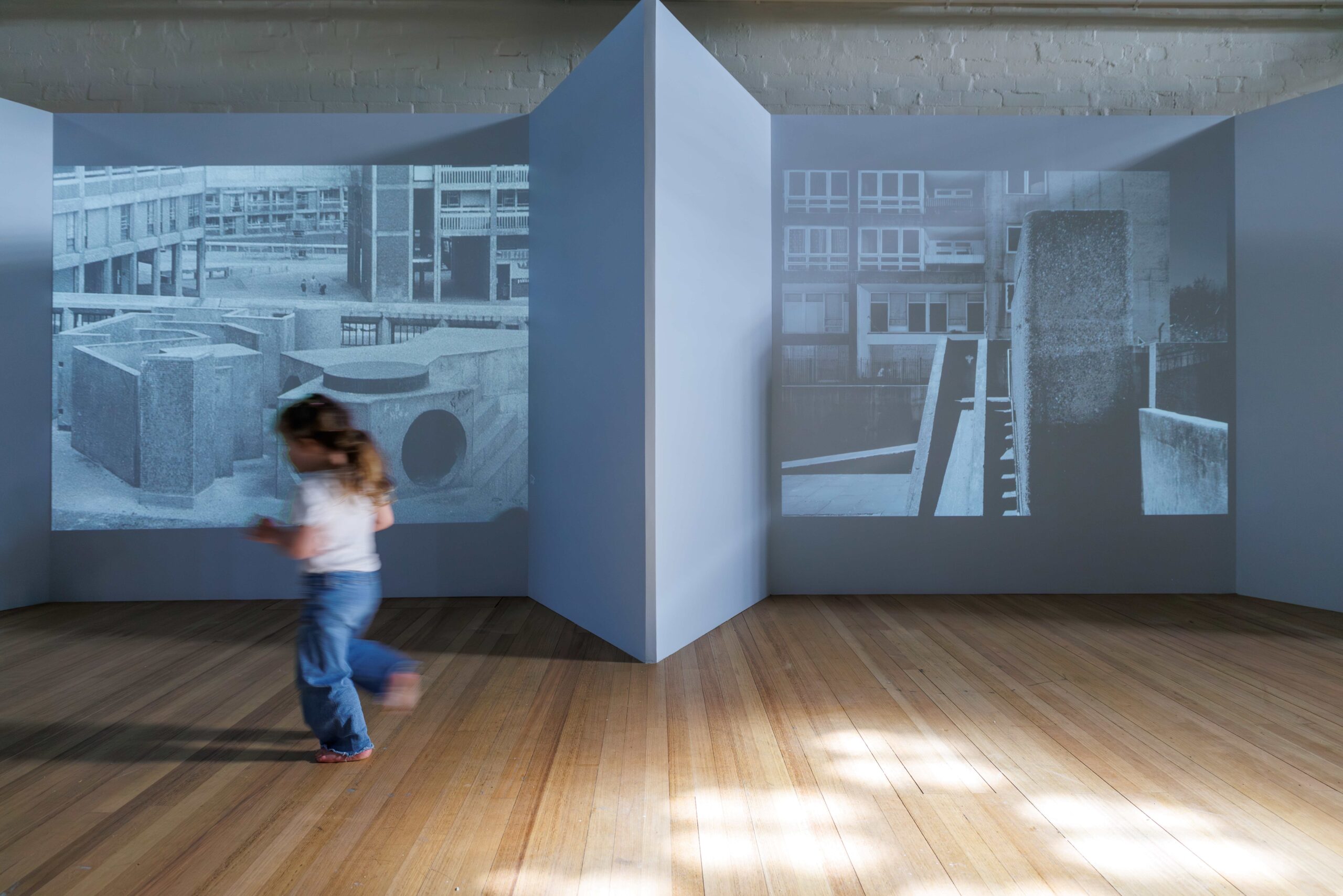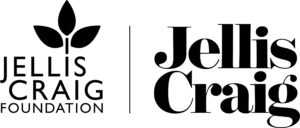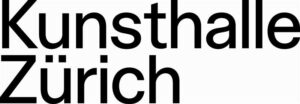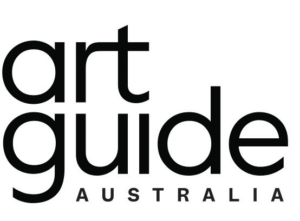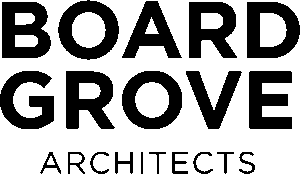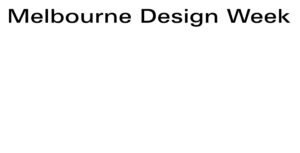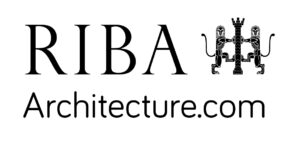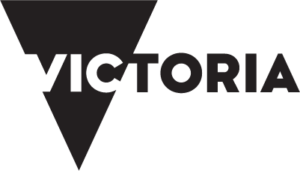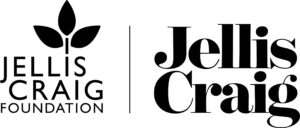The Playground Project Melbourne
28 June 2025 - 12 October 2025
Curator: Gabriela Burkhalter
Artist:
Artists:
Location: Incinerator Gallery
The Playground Project Melbourne is an interactive, international travelling exhibition with a playground takeover. It explores a unique chapter of late 19th century to early 21st century art, design, urbanism and activism; and strives to inspire local audiences, children, students, city planners, artists and designers to imagine a bright and brilliant future for play and playground design.
Unlike any other exhibition, young visitors are invited to climb, crawl, fall and imagine their way through a whimsical and colourful exhibition display and interact with the magical playgrounds that sit at the heart of this project and takeover the Incinerator Gallery's indoor and outdoor spaces. An ambitious program of educational and public events during the exhibition foster community engagement, art and design exploration, and inspire children to live, learn and play creatively in our parks, cities and suburbs.
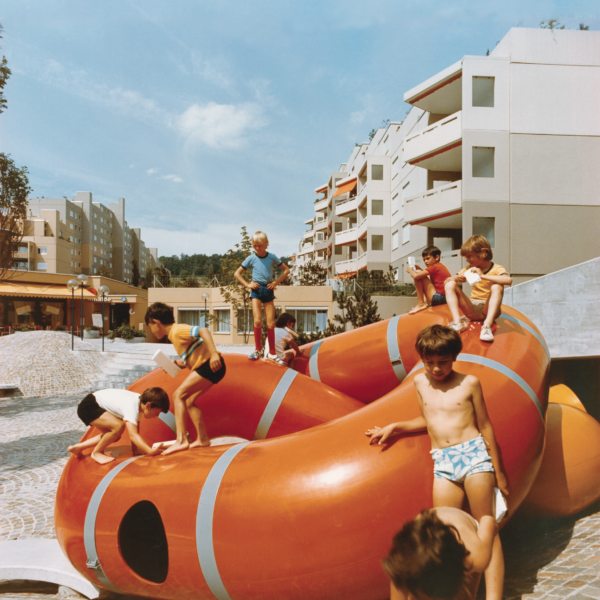
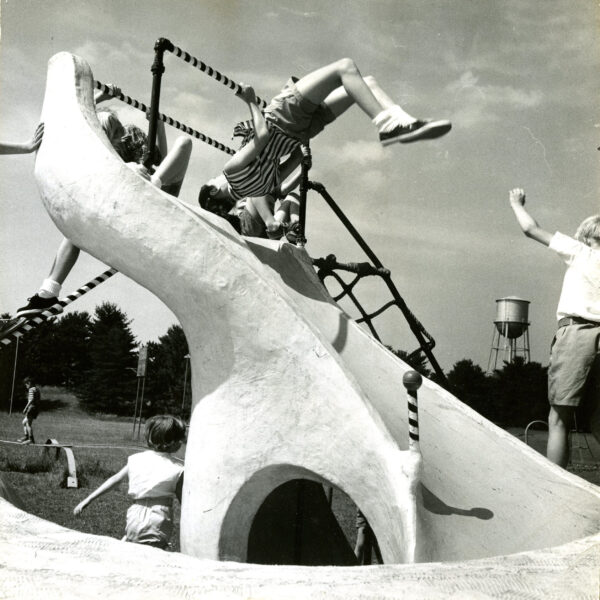
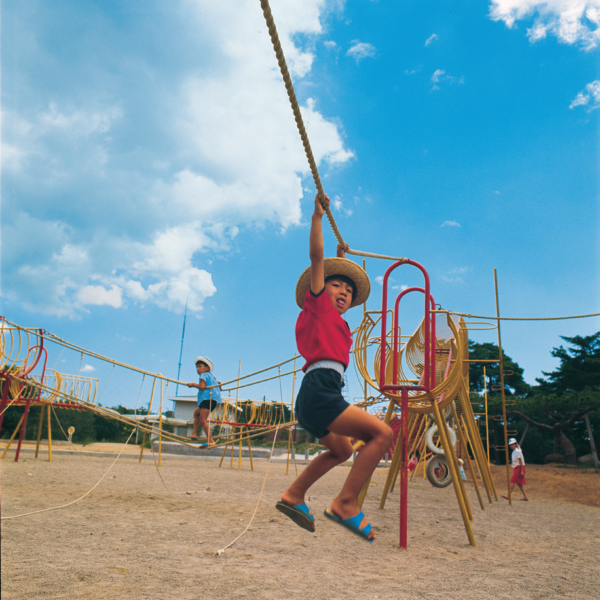
A brief history
The last 150 years have witnessed four phases in the art and development of playground design. The first, dating from 1880, saw social reformers take children off the streets and onto playgrounds. The second, going strong during the 1930s, nurtured the belief – especially in Scandinavia – that children play best in a natural setting. From 1968 onwards, local community groups and creative collectives began to build their own playgrounds fuelled by a sense of self-empowerment and the proliferation of self-help books. The fourth phase, launched by the economic challenges and reforms of the 1980s, heralded the decline of utopian thought in art and design, and the state’s role as commissioner and caretaker of playgrounds in urban spaces. This onset of a crisis in urban planning and playground design continues even today to challenge communities across many cultures, languages, social systems, economic and political realities worldwide.
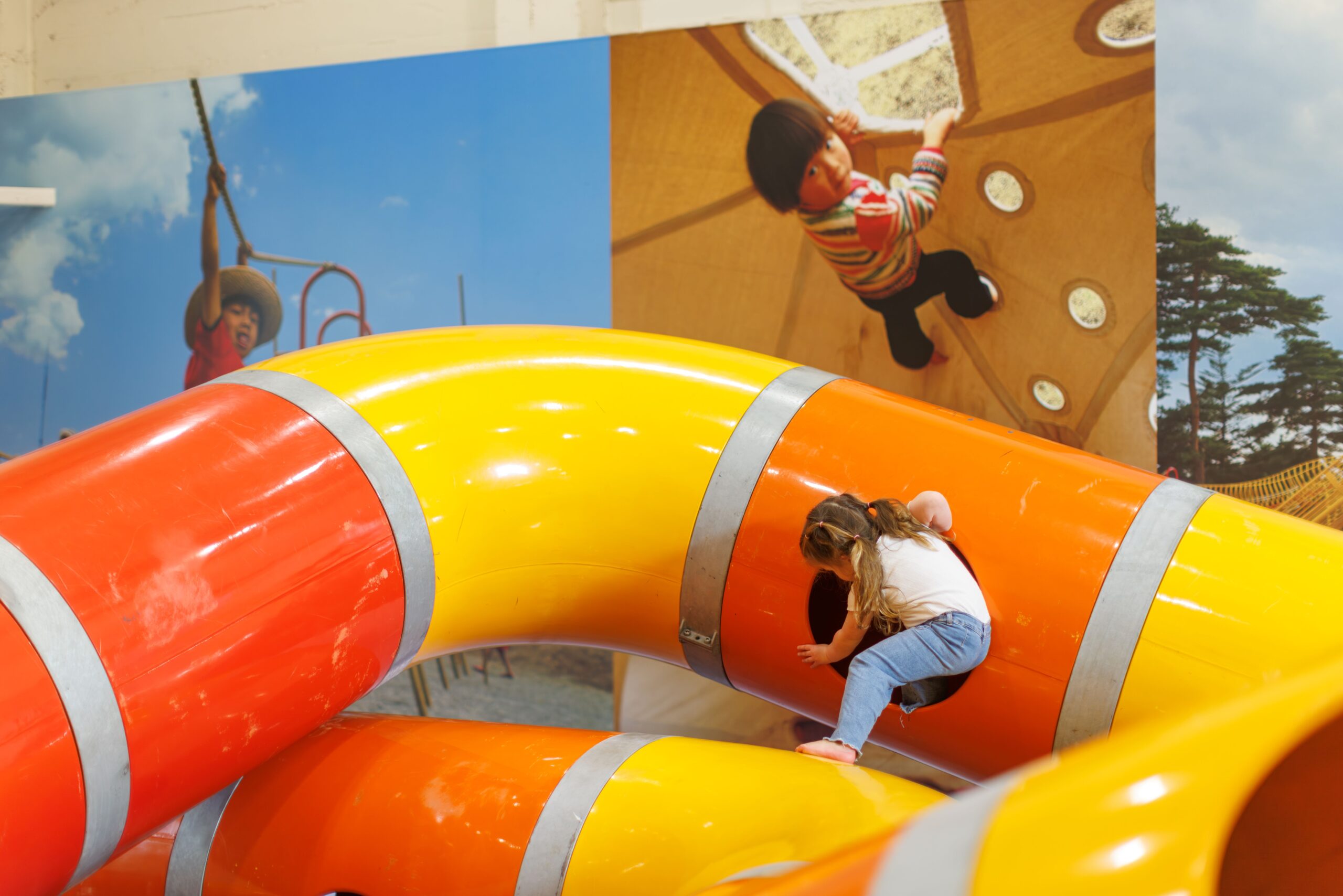
The exhibition brings together carefully selected photographs, videos, archival materials and texts of key case-studies from Continental Europe, United Kingdom, America, Asia, Africa and Australia. They are featured alongside three playground displays, where kids are invited to kinetically engage with the ideas and enjoy real-time play and interaction.
CURATED BY:
Gabriela Burkhalter is a Swiss urban planner and political scientist specialising in play, architecture, and public space through curatorial research and advisory work. Since 2008, she has documented the history of playgrounds through her virtual archive, Architektur für Kinder: The Playground Project. She is also the curator and editor of The Playground Project, a travelling exhibition an exhibition catalogue (Park Books, Zurich, 2023, 3rd ed.). In June 2025, The Playground Project makes its Asia-Pacific debut at Incinerator Gallery in Melbourne, Australia.
EXHIBITION DESIGN BY:
Australian content
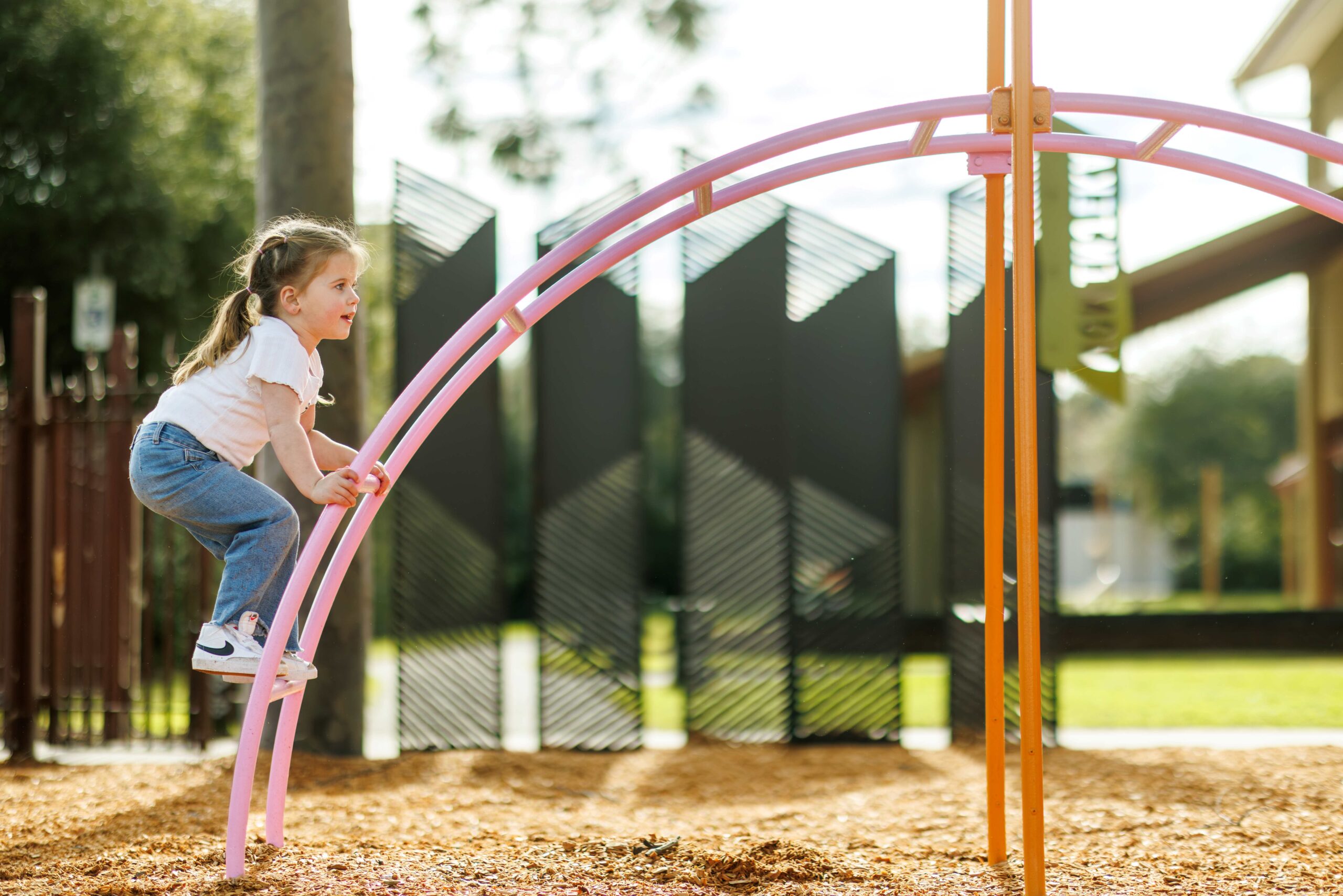
The Ringtales Playground is a new site-specific installation by Melbourne-based BoardGrove Architects. Located outdoors, it invites children to a world of imaginative, free play through sand, water and movement. The work draws inspiration from modernist architects, Walter Burley Griffin (1876-1937) and Marion Mahony Griffin (1871-1961), designers of the original Incinerator building, and Aldo van Eyck (b. 1951), a city planner of Amsterdam, who championed the integration of play and public space. The composition advocates risk-taking through play by incorporating a pre-existing metal structure based on Ulrich Wolf's 1950s design of a monkey bar. The water table honours the Maribyrnong River, mapping an aerial view of its waterways, and celebrates its Woi-wurrung name, translating to "I can hear a ringtail possum".
BoardGrove Architects is also responsible for the exhibition design of The Playground Project Melbourne.
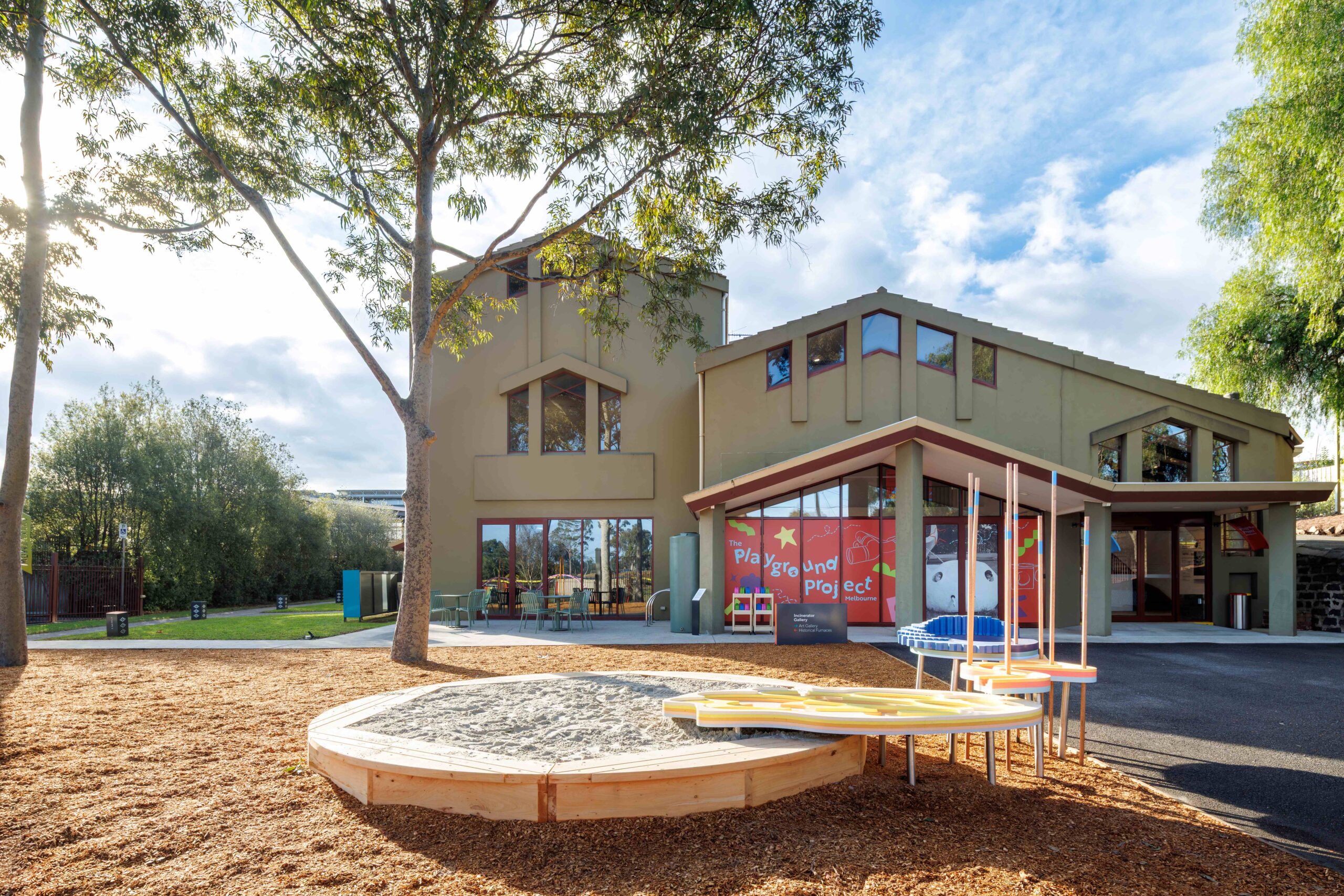
BoardGrove Architects, The Ringtales Playground, 2025. Courtesy BGA and Incinerator Gallery MVCC.
...
The Ringtales Playground, 2025
By BoardGrove Architects
Sand, water, plywood, metal, paint, measurements vary
Commissioned and funded by Moonee Valley City Council for The Playground Project Melbourne
Hosted by Incinerator Gallery
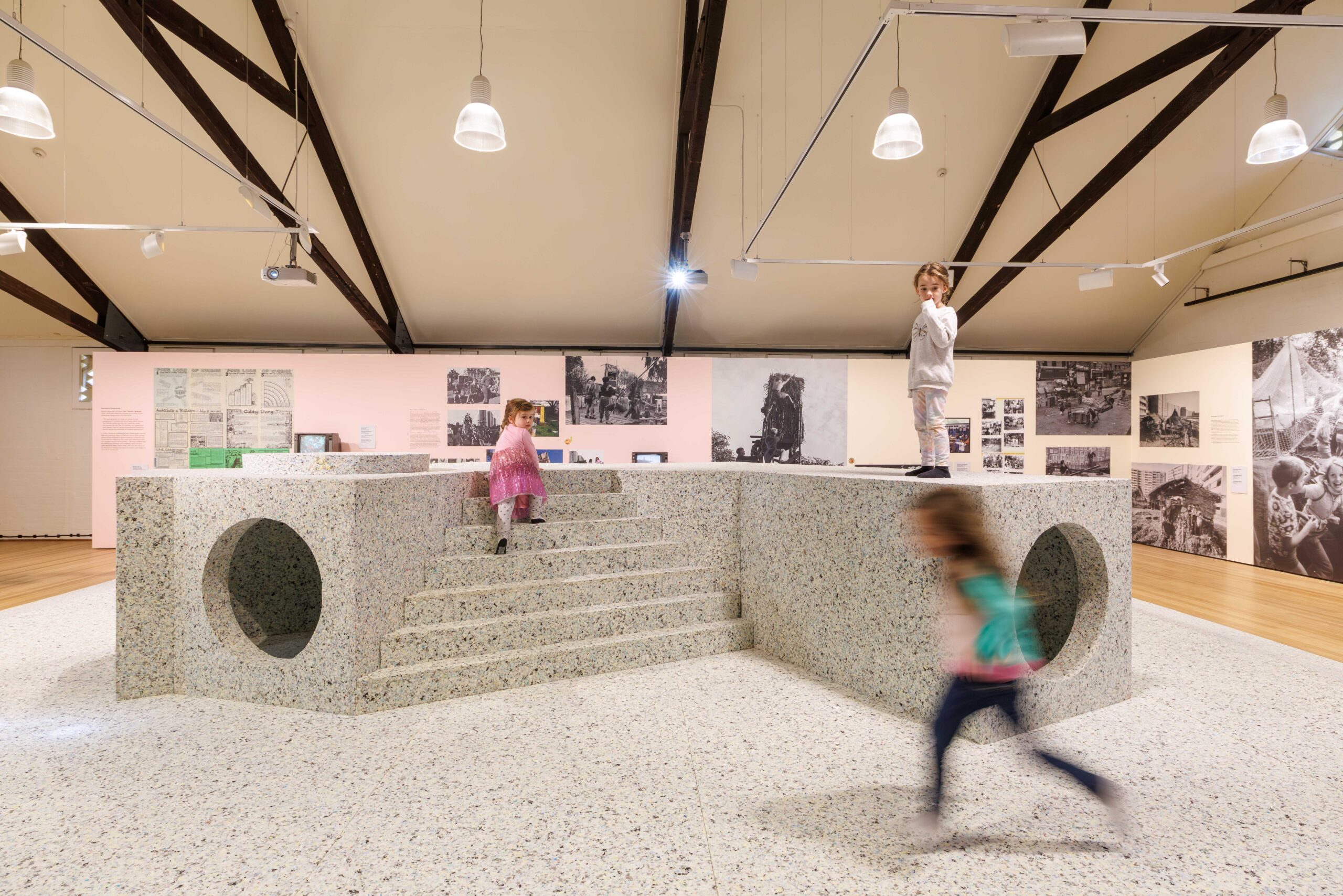
The Brutalist Playground (2015-2025), presented in the Incinerator Gallery’s Boadle Hall, is the reimagination of an earlier collaboration between Australian-born, UK-based visual artist Simon Terrill and the Turner-prize recipient, multi-disciplinary collective, Assemble (est. 2010). Originally commissioned by the Royal Institute of British Architects to be ‘part sculpture, part architectural installation, all play’, this iteration of the project is an immersive installation inspired by Park Hill, Sheffield’s modernist social housing estate. The once outdoor concrete forms of brutalist architecture are reimagined in soft, recycled confetti-coloured foam, transforming it into an indoor destination for exploration and play.
Terrill’s accompanying two-channel projection incorporates archival footage of the original Incinerator building, designed by world-renowned architects and life partners, Walter Burley Griffin and Marion Mahony Griffin. Drawing connections between the Incinerator’s design and the artist’s own childhood in Canberra, Australia’s mid 20th century utopian capital city, which was also conceived by the design duo.
“Growing up, the Burley Griffins’ design of Canberra became our teenage playground. It was all about open space and a weird kind of concrete geometry. Those early experiences feel like a perfect fit with this new work at the Incinerator Gallery.” – Simon Terrill
The Brutalist Playground is presented for the first time in Australia as part of The Playground Project Melbourne.
Simon Terrill and Assemble, The Brutalist Playground Melbourne, 2015. Photo Timothy Burgess. Courtesy Incinerator Gallery MVCC.
...
The Brutalist Playground (Park Hill), 2025
By Simon Terrill and Assemble
Foam, plywood, glue, measurements varyRe-commissioned and funded by Moonee Valley City Council for The Playground Project Melbourne
Hosted by Incinerator GalleryProject Partner: Royal Institute of British Architects
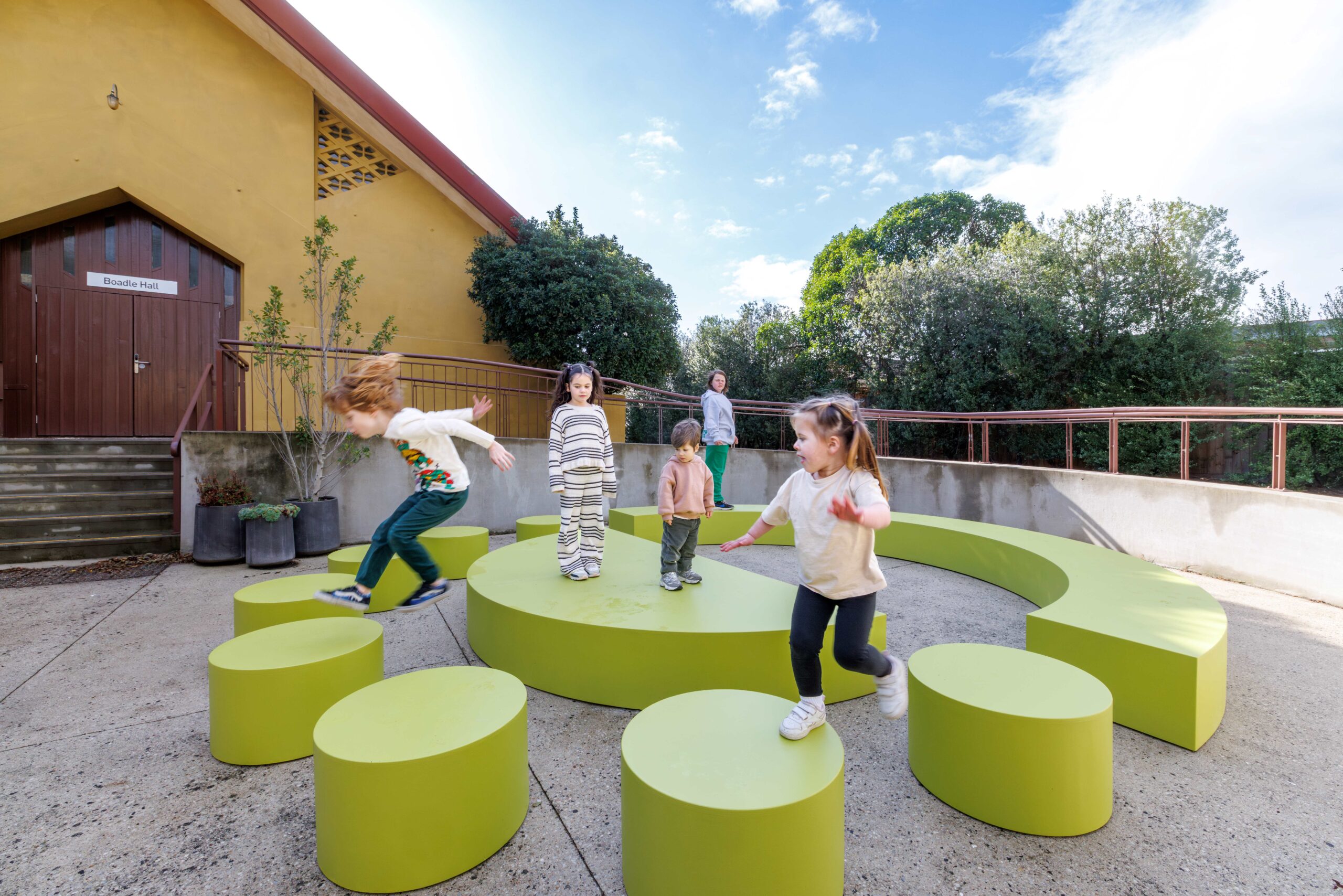
Designer Mary Featherston AM and artist Emily Floyd present a new iteration of their collaborative project, Round Table (2017-2025) in the Incinerator Gallery’s courtyard. An instructional artwork with a modular social seating element, conceived as a gathering space and play sculpture, the work is based on Featherston’s 1977 cover design for the Community Child Care organisation's publication Ripple, which was edited by the artist's mother, Frances Floyd. During gallery hours, community groups are encouraged to reserve and use Round Table for gatherings. Nearby, a billboard displays the original Ripple magazine cover with Frances' handwritten notes, uniting this inter-generational feminist collaboration in The Playground Project Melbourne.
The Ripple information paper was published by Community Childcare from 1976 to 1982, with graphic design by Mary Featherston, Dennis Bryans, Jenny Adam, and Dennis Floyd. Ripple was collectively authored by Community Child Care: Winsome McCaughey, Sue Morris, Jenny Adam, Frances Floyd with contributions by Ruth Crow, Margaret Guilfoyle, Eva Cox and many others. Emerging from the context of second-wave feminism, the publication set the framework for community-led childcare cooperative as vital infrastructure for community agency and women's participation in the workforce.
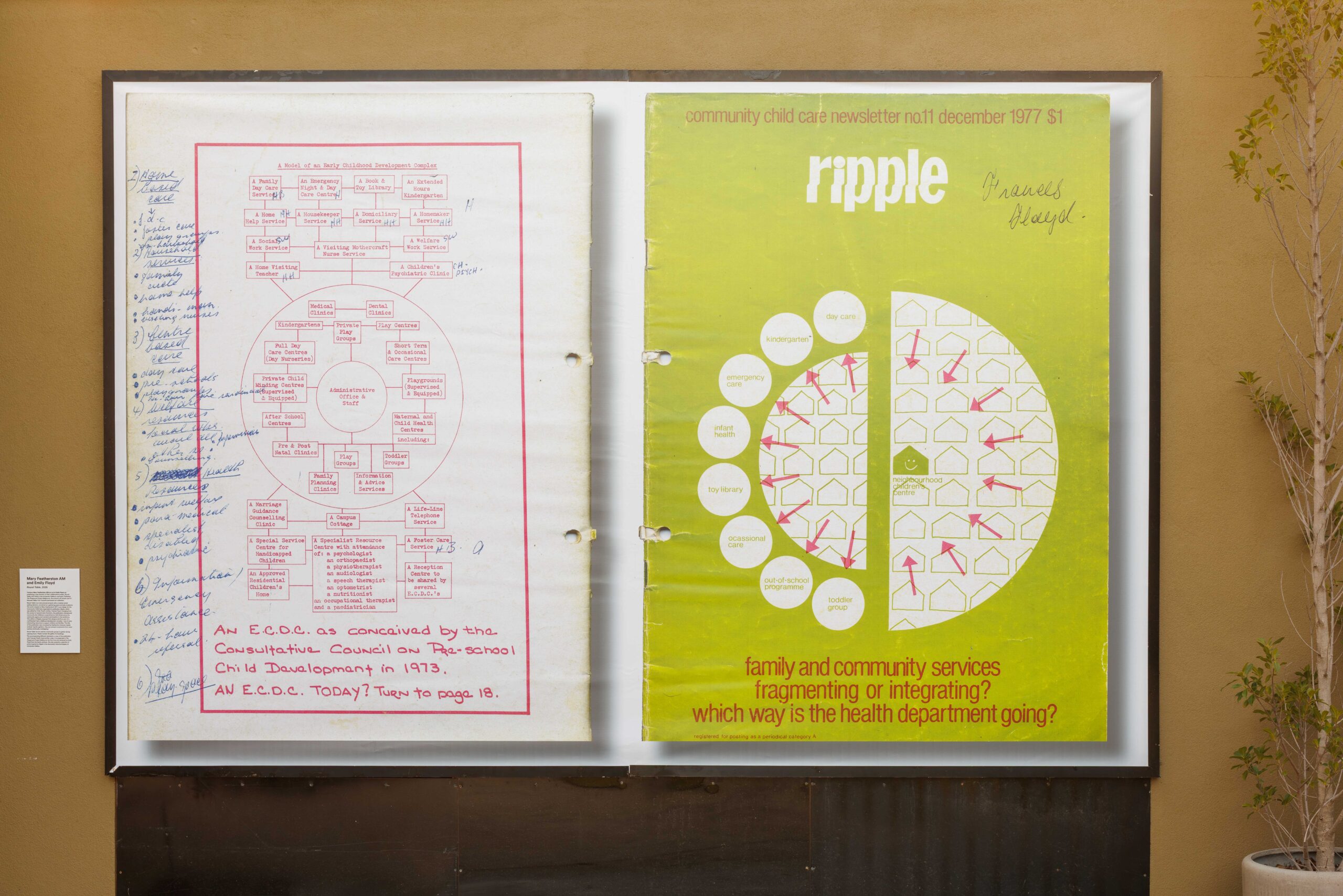
Mary Featherston AM and Emily Floyd, Round Table, 2017-2025. Photo Timothy Burgess, Courtesy Incinerator Gallery MVCC.
...
Round Table, 2025
By Mary Featherston AM and Emily Floyd
Plywood, exterior paint, 500 x 540 x 30 cm
Re-commissioned and funded by Incinerator Gallery for The Playground Project Melbourne
Generously donated to Moonee Valley City Council Art Collection
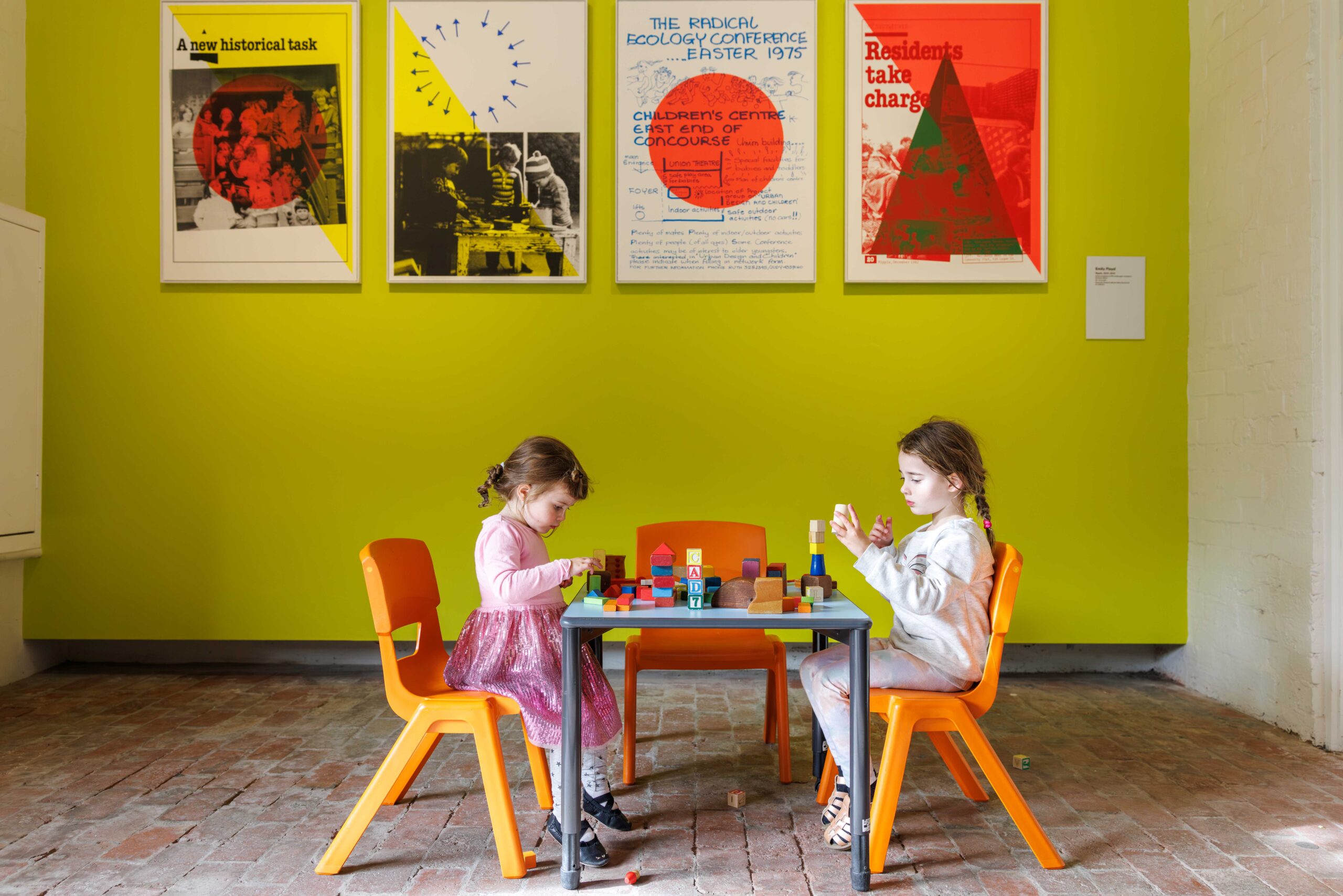
In dialogue with Round Table, 2017-2025 by Mary Featherston AM and Emily Floyd, currently exhibited in the Incinerator Gallery's courtyard, Floyd re-imagines Ripple (2013-2014) as a series of screenprints in the site's historical display. Through bold colours and abstract forms, she highlights the radical contributions of the child-care advocacy group, Community Child Care, alongside the utopian design of Marion Mahony Griffin (1871-1961), one of the first female architects of the 20th century and co-designer of the Incinerator building, who is permanently exhibited in this gallery space.
The Ripple information paper was published by Community Childcare from 1976 to 1982, with graphic design by Mary Featherston, Dennis Bryans, Jenny Adam, and Dennis Floyd. Ripple was collectively authored by Community Child Care: Winsome McCaughey, Sue Morris, Jenny Adam, Frances Floyd with contributions by Ruth Crow, Margaret Guilfoyle, Eva Cox and many others. Emerging from the context of second-wave feminism, the publication set the framework for community-led childcare cooperative as vital infrastructure for community agency and women's participation in the workforce.
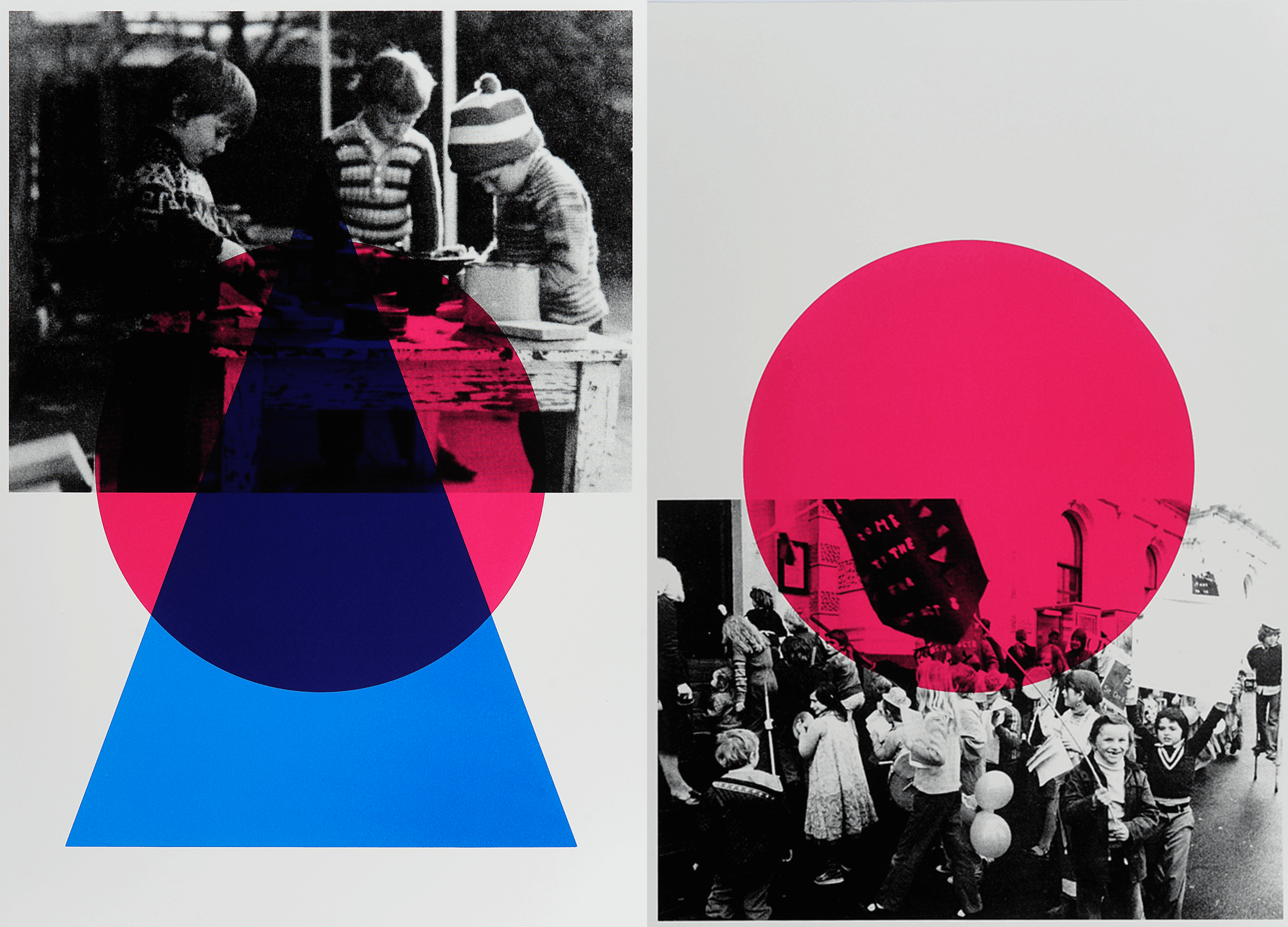
Emily Floyd, Ripple, 201
...
Ripple, 2013-2014
unique screenprints on BFK Archives Paper, mounted on aluminium Dibord
110 x 70 cm each
Presented at Incinerator Gallery for The Playground Project Melbourne
Generously donated to Moonee Valley City Council Art Collection

Created for The Playground Project Melbourne, this work re-imagines a photograph by Ruth Crow AM, paying tribute to childhood care, and suburban life in Melbourne's north-western suburbs during the 20th century. The original image is housed within the Ruth and Maurie Crow Archive, Victoria University Special Collections and revitalised by Emily Floyd's playful artistic language.
During 50 years of political and social activism in Melbourne, Ruth Crow AM (1916-1999) and Maurie Crow (1915-1988) resourced several generations of urban campaigners, particularly during their residence in North Melbourne. Their collection of printed material and working papers constitutes an important basis for understanding the wider variety of causes with which they were associated - from Ruth's work with women and children in Brunswick during World War II, and Maurie's in the Clerk's Union, to the pioneering work they did from the 1960s onwards in relation to public participation in children's services, urban planning, building neighbourhood communities and creating a sustainable future. Crow's photograph captures the spirit of grassroots advocacy in Melbourne's inner west - documenting child-centred practices. urban play spaces, neighbourhoods, and the social infrastructure that supports everyday life.
Artist Emily Floyd's long-term engagement with the Ruth & Maurie Crow Collection celebrates the Crows' work as a living archive, and embodiment of the radical potential of collective work, the playground and the city as a site of imagination, social learning, and political possibility. Set against The Playground Project's international celebration of paly, Recreation on Moonee Ponds Creek connects local histories and global conversations - foregrounding community, memory, and the feminist politics of public space.
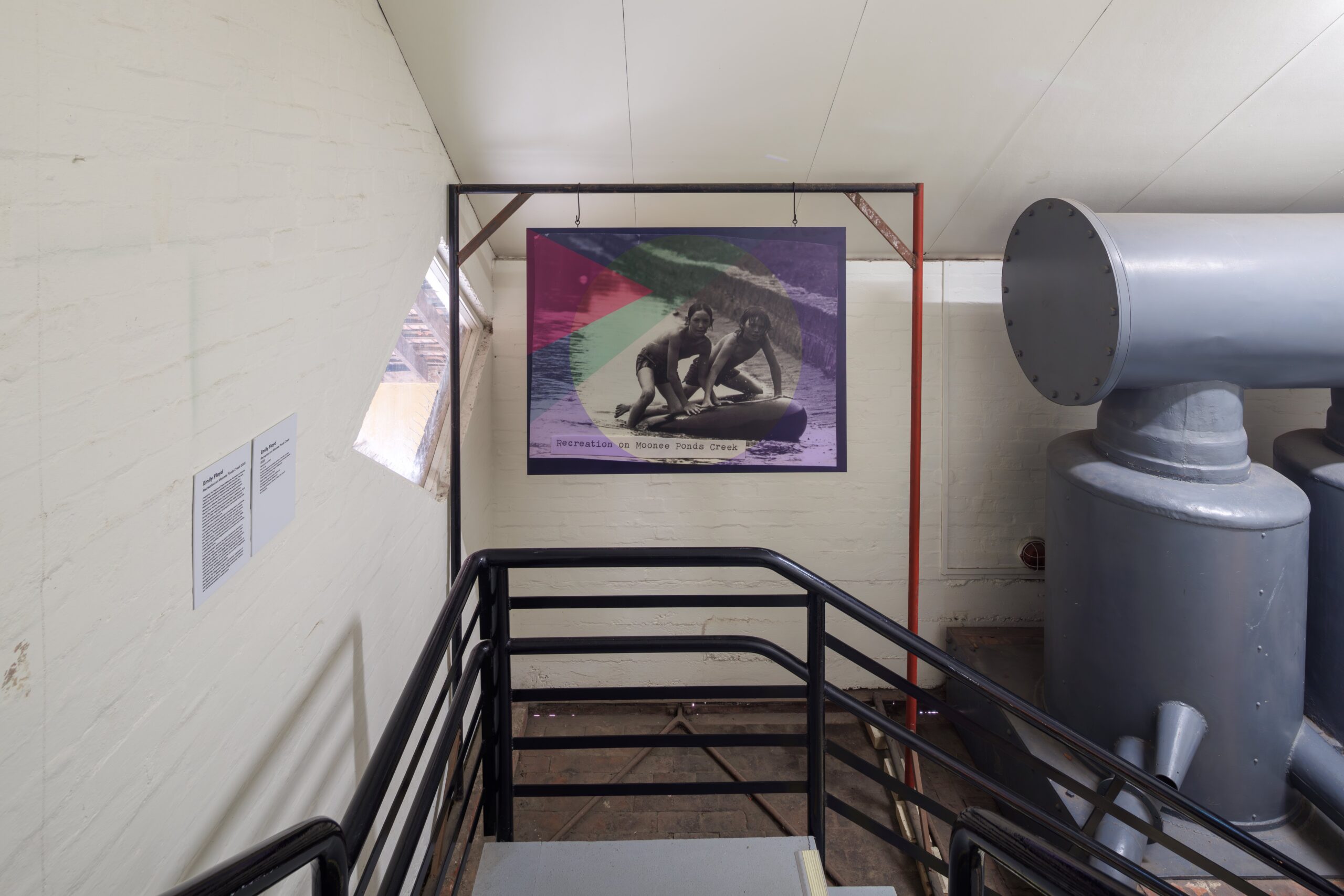
Emily Floyd, Recreation on Moonee Ponds Creek, 2025. Digital print on MDF. Commissioned by MVCC for Incinerator Gallery. Courtesy Emily Floyd.
...
Recreation on Moonee Ponds Creek, 2025
Digital Collage by Emily Floyd
Digital print on MDF, 110 x 70cm
Archival image and annotation by Ruth Crow AM
Courtesy Ruth and Maurie Crow Archive, Victoria University Special Collections and Archives, Naarm/Melbourne
Commissioned by Incinerator Gallery for The Playground Project Melbourne
Generously donated by the artist to Moonee Valley City Council Art Collection
Presented at Incinerator Gallery for The Playground Project Melbourne
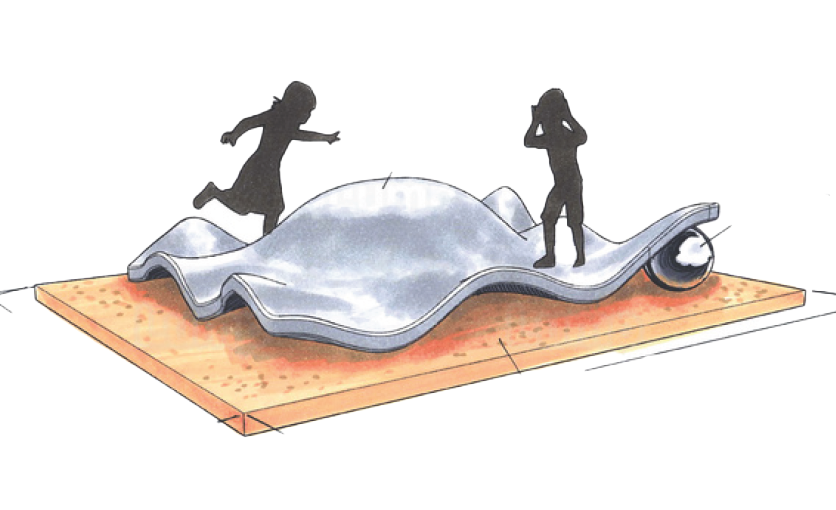
Edwina Green is a Trawlwoolway multidisciplinary artist based in Naarm/Melbourne and the recipient of the First Nations Playable Public Art Sculpture Commission. This major new public art commission responds to themes of childhood, play, togetherness, and renewal, while honouring the cultural and environmental significance of the Maribyrnong River to Wurundjeri Woi-Wurrung First Peoples for over 40,000 years. The artwork will be installed from September 2025 at Incinerator Gallery for The Playground Project Melbourne, before being permanently relocated in 2026 along the nearby Maribyrnong River.
Green's concept was selected by an independent panel local arts and culture leaders:
- Aunty Gail Smith and Aunty Julianne Axford, Wurundjeri Elders
- Jefa Greenaway RAIA MDIA, Director, Greenaway Architecture
- Leila Gurruwiwi, Public Programs Coordinator, Agency Projects
- Maya Hodge, Independent Writer and Curator
- Myles Russell-Cook, Artistic Director and CEO, Australian Centre for Contemporary Art
"This commission has allowed me to honour the cultural significance of the Maribyrnong River, which has held me for most of my life, while being able to contribute something joyful, grounding and enduring to public spaces." - Edwina Green
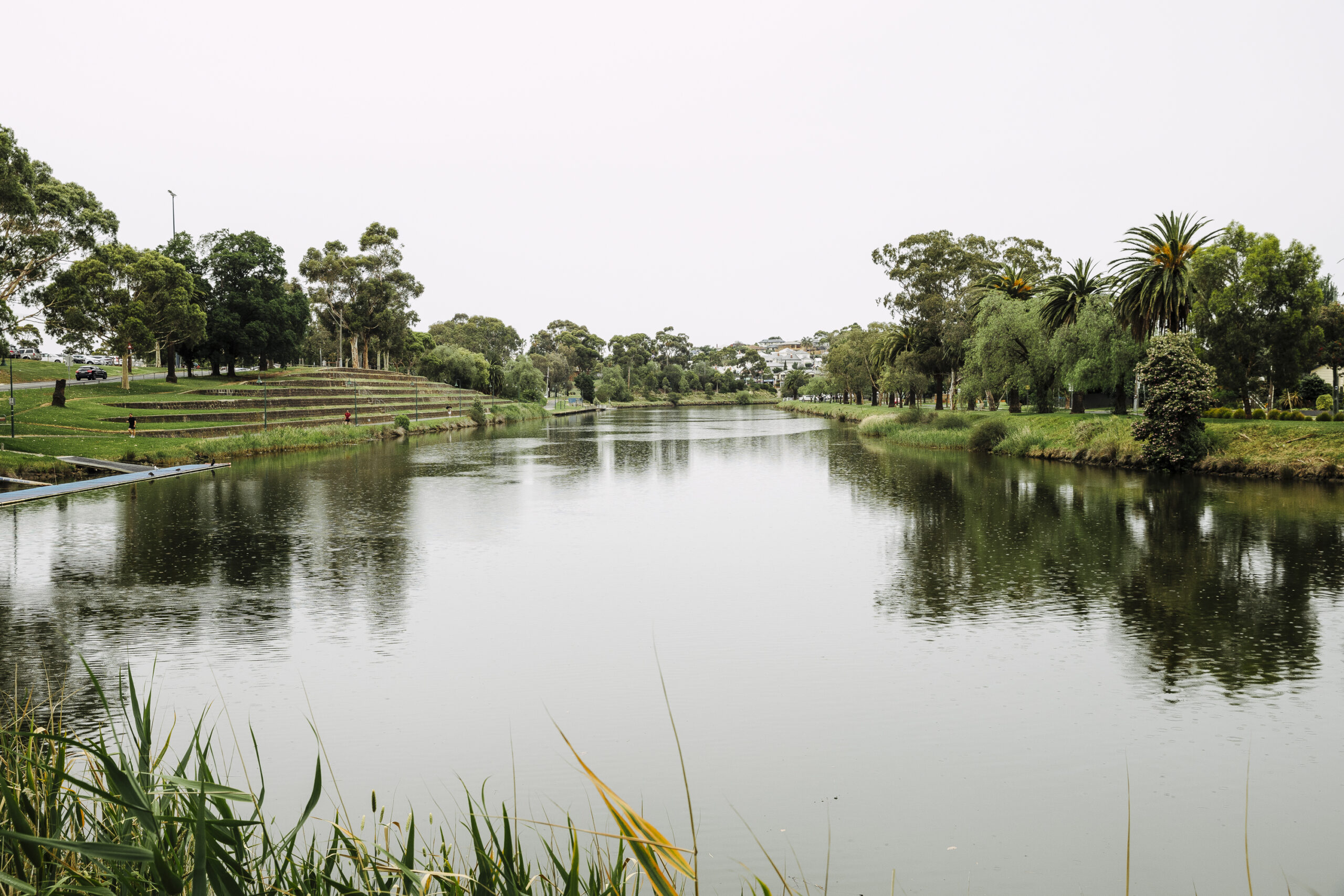
Maribyrnong River, 2024. Photo Gianna Rizzo.
...
Project Partner: Agency Projects
Project Funders: Victoria State Government's Emergency Recovery Hubs Grant and Moonee Valley City Council
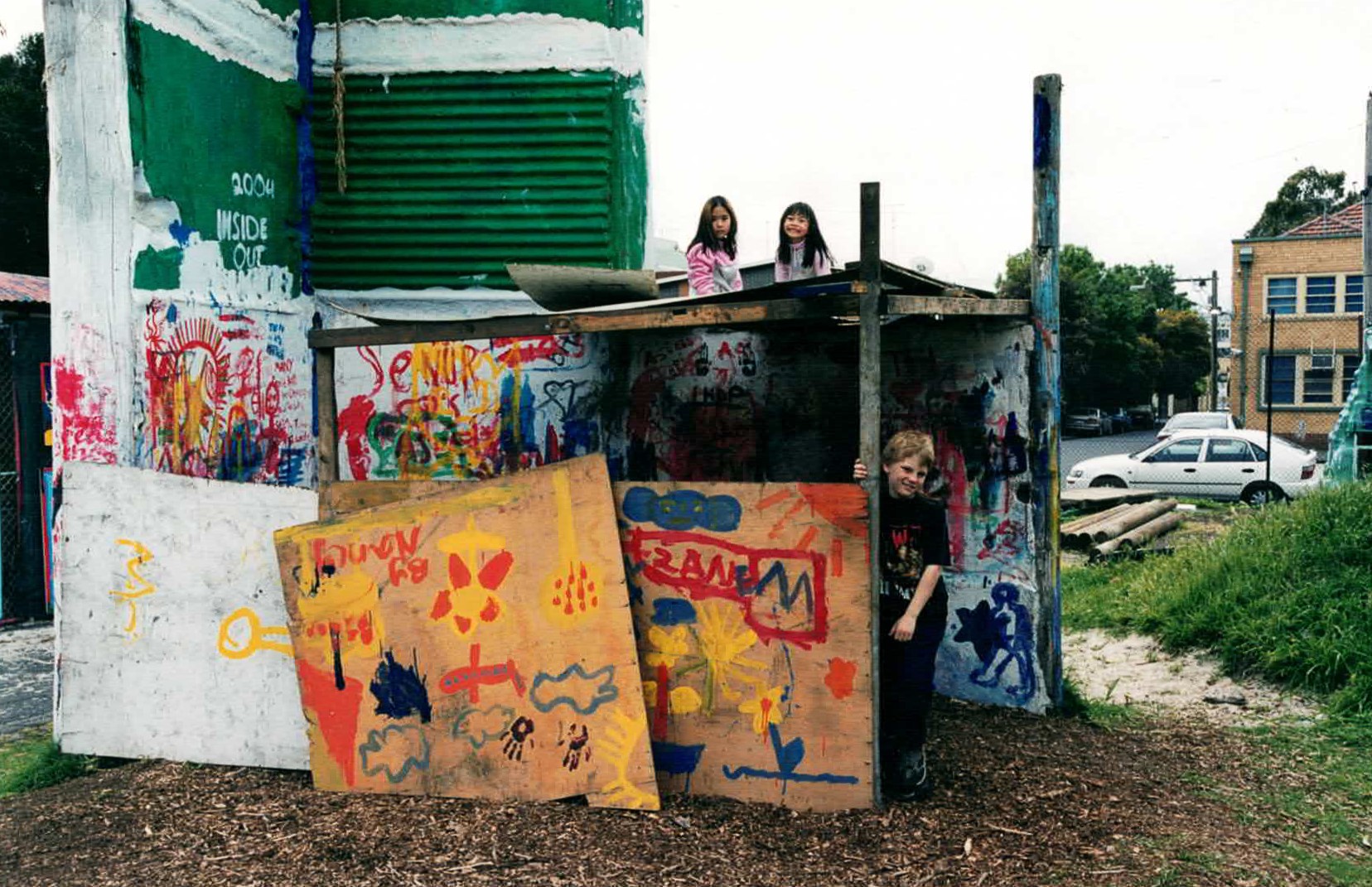
The Cubbies, founded in 1975 by Joan Healey as Australia’s first Adventure Playground with a mission to provide a safe ‘backyard’ for children living in the nearby housing estate, remains to this day as the only supervised free outdoor playspace in Melbourne’s northern suburbs. It is managed since 2023 by The Venny.
The Venny is a supervised, free communal backyard and safe play space for 5- to 16-year-olds. It is intentionally designed to engage in risk-taking play, creativity and connectedness among young people. Established in 1981 and located in the JJ Holland Park in Kensington it is modelled on the original concept by Danish landscape architect, Carl Theodor Sørensen, who observed children preferred to play everywhere except the playgrounds that he designed and built. Sørensen imagined “a junkyard playground in which children could create and shape, dream and imagine a reality”. In 1942, set against the destruction of World War Two, Europe’s first adventure playground opened in Copenhagen under the title ‘Emdrup’ and features in The Playground Project Melbourne exhibition. The Venny also runs weekly pop-up play sessions at MVCC's Flemington Hub and North Melbourne public housing estates with their mobile Venny To You van.
The Cubbies and The Venny are featured for the first time The Playground Project living archive and travelling exhibition, curated by Gabriela Burkhalter.
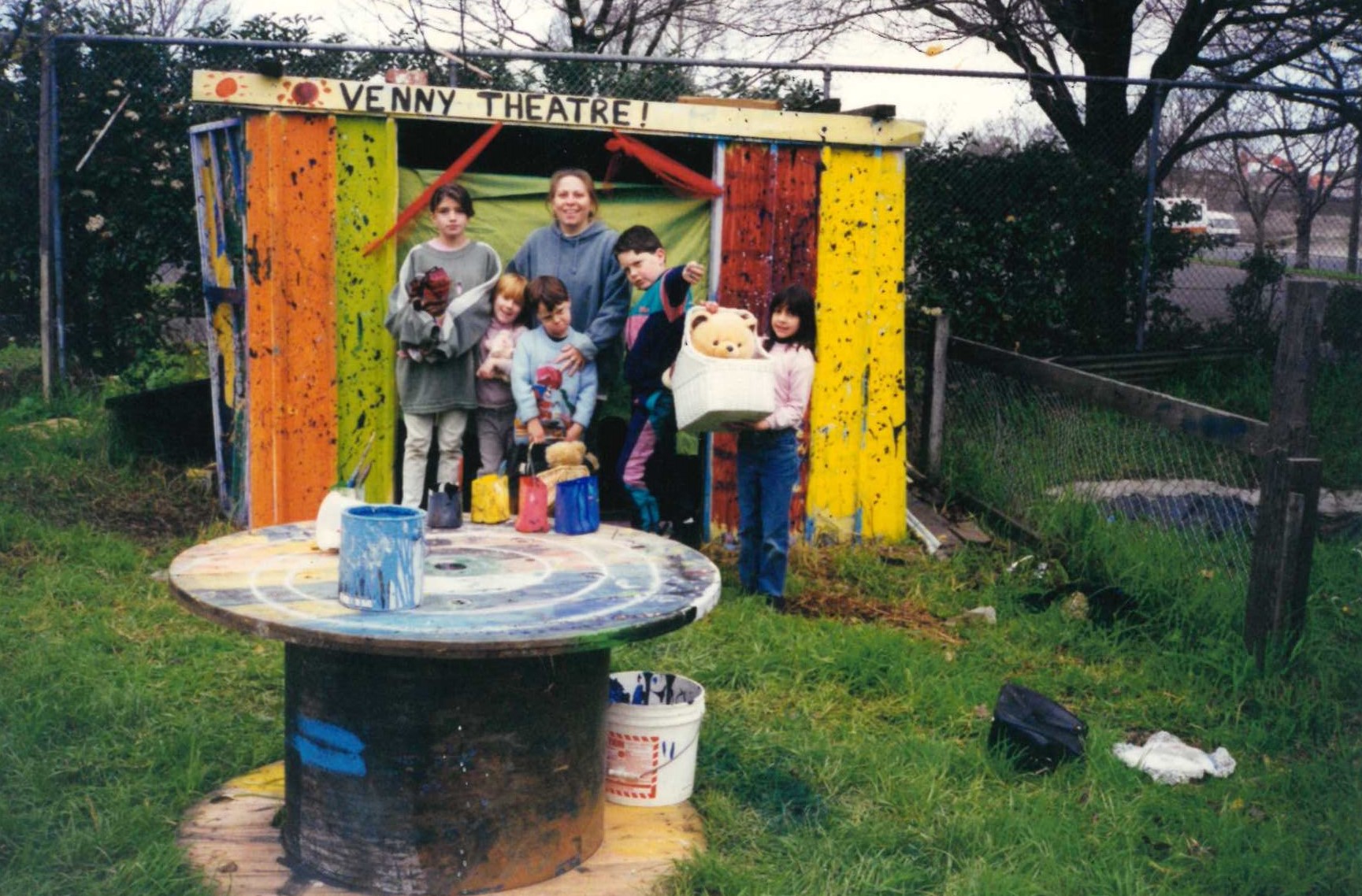
The Venny (Kensington). Courtesy The Venny.
The Venny to You is part of The Playground Project School Holiday program and invites free community-led adventure play on the premises of the Incinerator Gallery on Fridays 11 July, 18 July and 10 October 2025, from 11am to 1pm.
Public Programs
Incinerator x MADA Talk Series presents three free public events on 23 May, 4 July and 10 October with local and international artists, designers city planners and other experts, to investigate the role of suburban revitalisation, creative placemaking and community development.
In this second event of the series, join contributing artists, designers and academics to celebrate the launch of the Playground project Melbourne exhibition and present their practice.
For full list of speakers and event details, click here.
The Playground Project Melbourne, curated by Gabriela Burkhalter, celebrates the history, imagination and possibility of playground design. On view at Incinerator Gallery from 28 June to 12 October 2025.
Incinerator x MADA Talk Series presents three free public events on 23 May, 4 July and 10 October with local and international artists, designers city planners and other experts, to investigate the role of suburban revitalisation, creative placemaking and community development.
For full list of speakers and event details, click here.
The Playground Project Melbourne, curated by Gabriela Burkhalter, celebrates the history, imagination and possibility of playground design. On view at Incinerator Gallery from 28 June to 10 October 2025.
Grounds for Risky Play is produced with Monash Art, Design Architecture (MADA), Education Partner of The Playground Project Melbourne.
Presented in association with 2025 Melbourne Design Week.
More Information - ticketing
- Where can I book tickets?
Tickets are available via Council’s Incinerator Gallery website (playgroundproject.com.au). Humanitix are the official ticketing partner for this event. Do not purchase tickets via ticketing resellers as these cannot be verified by the venue.
- What time do I need to arrive? What happens if I’m running late to my session?
Please arrive five to 10 minutes before your allocated time slot. If you arrive late, box office staff will do their best to accommodate your booking. Please note changing your session time on the day is subject to availability.
- Do I need to pre-book a place, or do you accept walk-ins?
We recommend booking ahead, to ensure you don't miss out on your preferred time slot. If there is availability on the day, tickets are available to purchase on-site for the next available time slot.
- I have an allocated slot, can I come to my session another time?
Being a heritage building, there are weight limits determined by our engineers that specify a maximum number of people in the space at any given time. For this reason, we will only be able to move your session if there is capacity. Call the gallery on 9243 1750 for further information.
- Why is there a ratio of one adult per three children
The Playground Project requires a supervised level of play to ensure the safety and comfort for staff and all patrons, as well as to preserve the artwork. Therefore, a maximum of three children can attend per adult. If there are more than three children in your group, please ensure there are two adults in attendance.
- Do children under 12 months need a ticket?
All children require a ticket, including babies under 12 months. This is to ensure the safety of all patrons within the space due to weight limitations in the venue. Up to three children are free with one adult ticket.
- Can I change my session time after I’ve booked?
Subject to availability, change of date and/or time are permitted up to 72 hours before the booking. You can change the date and/or time of your booking by contacting the gallery on 9243 1750 or sending an email to playgroundproject@mvcc.vic.gov.auChanges within 72 hours of booking time are not permitted and in the event of no-show a refund will not be provided. If you have booked using a discount code there may be an additional cost payable for the rescheduled session.
- If one or more people in my group can’t attend, what can I do?
If a member of a group is not able to participate in a booked session, unfortunately we are not able to issue refunds. If more than 72 hours’ notice is provided we can rebook your whole groups session to another time/date subject to availability. Please keep in mind if an adult in your group is unable to attend your session the ratio of one adult per three children is required. If you have booked using a discount code there may be an additional cost payable for the rescheduled session.
- Can I add more tickets to my booking?
Subject to availability, you can book additional tickets via the booking link (playgroundproject.com.au)
- I booked too many tickets, can I get a refund?
We may issue refunds for bookings made in advance and if we are notified of the error straight away, subject to approval from management. If we are notified 72 hours or less prior to the booking time, unfortunately a refund cannot be issued. Please note booking fees of 5% are not refundable. If you have booked using a discount code, your refund will reflect the price you paid for your tickets.
- Can I see the terms and conditions of my ticket:
Please see our terms and conditions
- I’ve not received my tickets – what do I do?
Please check your Junk Mail and Blocked emails section of your emails. If you still are unable to find them, please call the gallery on 9243 1750 or send an email to playgroundproject@mvcc.vic.gov.au
- How much do tickets cost?
Children aged 12 and under are FREE with one adult ticket (maximum three children per adult)
Adults - $25
Concession - $15
Moonee Valley Residents - $10
Youth (13-17) - $15
Moonee Valley Residents Youth (13-17) - $10
More Information - attendance
- Why is this a paid event?
Ticketing fees for this event will go directly to cover operational costs for the exhibition including artist and workshop expenses, daily cleaning and sanitisation of the artworks and the hiring of extra invigilation. This is a community event which is not intended to generate profit for Council.
- What age group is this event suitable for?
This event is suitable for all ages. Climbing and entering the Lozziwurm, the Brutalist Playground and the Ringtails Playground are reserved for children under 12 years of age. All other areas of the exhibition are accessible and safe for all ages under parental supervision.
- How much time do I have in the exhibition?
Each session will be for one hour, where participants can access all exhibition spaces. We anticipate this will be plenty of time to explore the exhibit. There will also be an outdoor playground as part of this exhibit, with no time limits attached.
- Do kids need supervision?
All children ages 12 and under must be supervised by an adult. Behaviour expectations for visitors are clearly signed around the venue. If you have any questions, we invite you to speak with one of our staff members on site. All children have the right to feel safe at Moonee Valley City Council venues. For more information Child Safety at Moonee Valley City Council
- How do I get there?
The Incinerator Gallery is located at 180 Holmes Road, Aberfeldie. Parking is available at the venue, we also encourage you to utilise nearby public transport via the 82 or 57 tram, exiting at the Maribyrnong Park/Maribyrnong Road stop with a 10-minute walk to the venue. You can also take bus 468 alighting at
Holmes Road/Waverley Street with a three-minute walk to the venue entrance.
- Is there parking available?
Limited 2-hour parking is available at the venue, as well as long stay parking opposite the gallery at the Essendon Rowing Club. Street parking is also available along The Blvd.
- What are the Gallery opening hours?
Incinerator Gallery will be open Wednesday to Sunday 11am to 4pm during The Playground Project exhibition.
- Can I bring my pram/wheelchair/mobility device inside?
The Incinerator Gallery is an accessible venue and all prams, wheelchairs and other mobility devices can be used throughout all spaces in the gallery. If you have additional accessibility questions or needs, please contact our box office staff on 9243 1750 or send an email to playgroundproject@mvcc.vic.gov.au for assistance prior to your visit.
- Can I bring my guide dog?
The Incinerator Gallery is an inclusive venue and welcomes all visitors with support animals to attend. If you have additional accessibility questions or needs, please contact our box office staff on 9243 1750 or send an email to playgroundproject@mvcc.vic.gov.au for assistance prior to your visit.


